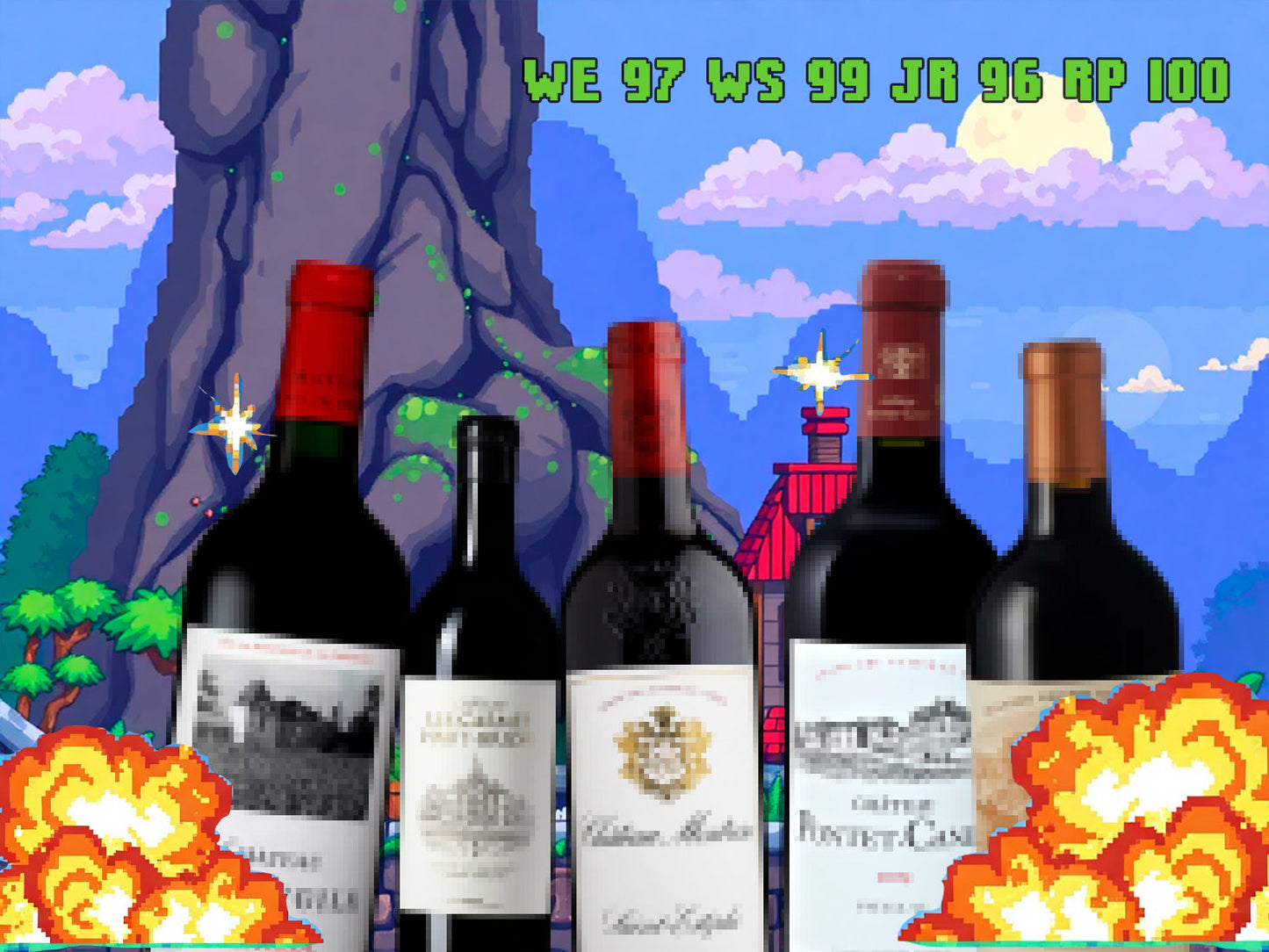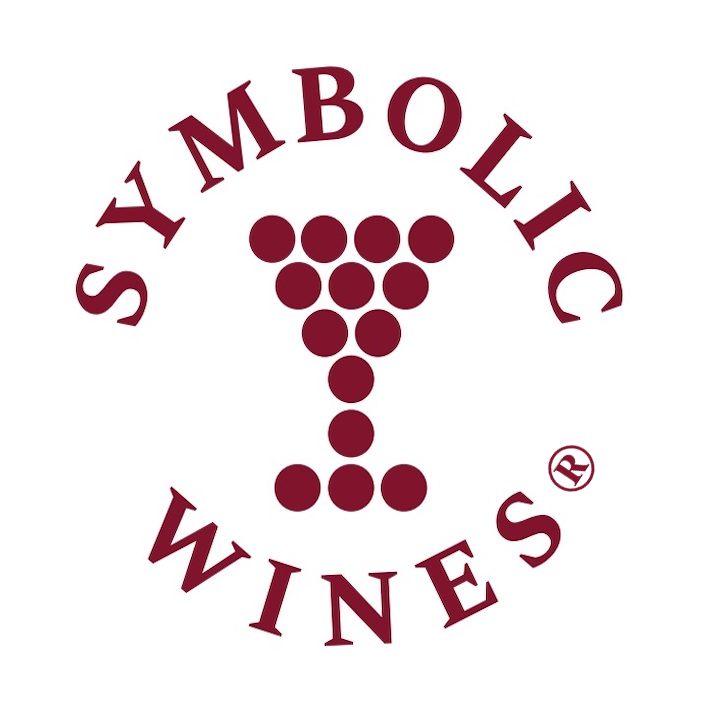
Pictures: SW Team
Text by: Gleb King
In Bordeaux some chateaux are situated in close proximity to top luxury estates. Quality to value balance there is just perfect. If you try them, chances are high that you will have an ideal bargain: more pleasure for less resources.
There's good advice for all the curious people on the internet: use the search! And on Symbolicwines.com there’s a very useful search mode for all the wine lovers: the highly rated wines. If you use it among the top estates you’ll find true gems with high scores and much more comfortable prices. Some of them are on pre-sale from Bordeaux futures system and will arrive in a year or two, and some are in stock right now. Dive into and set your record with the highest score – just like in vintage video games.
Château Pontet-Canet 2009
RP 100 WE 99
One of the most prominent estates of Pauillac. It is classified as a Fifth Growth (Cinquième Cru) in the 1855 Bordeaux Classification, but over recent years, it has earned a reputation for producing wines of exceptional quality that often surpass its classification.
Established in the 18th century, Château Pontet-Canet was originally part of a larger estate known as "Canet". The property has changed hands several times, most notably in the 1970s when it was acquired by the Carraze family, who implemented significant improvements in vineyard management and winemaking practices. Pontet-Canet is located not far from the heavy-weight market leaders: Château Latour and Château Mouton Rothschild. The vineyard consists of gravelly soils over clay, which are ideal for growing Cabernet Sauvignon, the predominant grape variety used in their blends. The estate employs organic and biodynamic farming practices, which have garnered acclaim for their commitment to sustainability.
Château Beauséjour Duffau Lagarrosse 2018
RP 97 WE 95

This estate from Saint-Émilion has a long history with roots dating back to at least the 18th century. It was established by the Duffau family and has passed through several generations.
It gained recognition in the 19th century. Château Beauséjour Duffau-Lagarrosse is known for producing elegant, powerful wines with rich fruit flavors, refined tannins, and the ability to age beautifully over time. The wines often exhibit complexity with layers of flavors, including dark fruits, floral notes, earthy nuances, and subtle oak from barrel aging. The estate primarily cultivates a blend of traditional Bordeaux grape varieties, with Merlot being dominant, alongside Cabernet Franc and Cabernet Sauvignon. The vineyards are situated on the limestone plateau near the historic town of Saint-Émilion.
Château Smith Haut Lafitte 2016
RP 98 WE 97
Known for producing both red and white wines, Château Smith Haut Lafitte has garnered a reputation for quality and craftsmanship, exemplifying the unique terroir of the region. The estate has a rich history dating back to the 14th century. It was initially named after Scottish settler George Smith, who acquired the estate in the 18th century. Château Smith Haut Lafitte was classified as a Grand Cru Classé in the 1959 classification of the Graves region. The estate primarily grows Cabernet Sauvignon, Merlot, Cabernet Franc, and Petit Verdot. The blend typically features a significant proportion of Cabernet Sauvignon, contributing to the wines' structure and aging potential. Château Smith Haut Lafitte's red wines are known for their depth, richness, and elegance.
Château L'Evangile 2015
RP 97

Since the 18th century, Château L'Evangile has been influential in the development of the Pomerol region and is often regarded as one of its flagship properties. Château was acquired by the Rothschild family in the 1990s, further enhancing its reputation. The estate’s wines are considered some of the finest in Pomerol, often competing with other top producers in the region. The estate is situated on the western border of Pomerol, the vineyards benefit from a unique terroir that includes clay and gravel soils, which contribute to the complexity of the wines.
The vineyard is relatively small, covering around 22 hectares.
Château Troplong Mondot 2022
(futures 2022, pre-arrival)
RP 99 WE 98
This château is classified as a Premier Grand Cru Classé (first great classified growth) in the Saint-Émilion classification. It gained prominence when it was owned by the Troplong family, who significantly contributed to its development and reputation. Known for its beautiful vineyards and chateau, Troplong Mondot has remained an influential winery in the Saint-Émilion region. The vineyard is situated on a limestone plateau, offering a unique vantage point with views over the picturesque landscape of Saint-Émilion. Château Troplong Mondot primarily cultivates Merlot, which typically makes up the largest proportion of its blends, along with Cabernet Sauvignon and Cabernet Franc.
Château Les Carmes Haut-Brion 2023
(futures 2023, pre-arrival)
JS 99 WA 99

Château Les Carmes Haut-Brion has a rich history dating back to the 18th century, making it one of the oldest properties in Bordeaux. The estate is named after the Carthusian monks (Carmes) who originally cultivated the vineyards in the area. The estate is located near the city of Bordeaux, it benefits from a unique microclimate influence due to its proximity to the city and the Garonne River. The vineyard features a combination of gravel, clay, and limestone, providing a diverse terroir, perfectly suitable for all the varieties of the blend: Merlot, Cabernet Sauvignon, and Cabernet Franc. The wines from Château Les Carmes Haut-Brion often exhibit a bouquet of dark fruits (like blackberries and plums), floral notes, and hints of spice and graphite.
Château Montrose 2019
RP 97 WE 100

This is a true star of Saint-Estèphe. It is renowned for producing some of the finest wines in the region and holds the classification of a Second Growth (Deuxième Cru) in the 1855 Bordeaux Classification. Through its history, the estate has passed through different owners, and significant investments have been made in both vineyards and winemaking facilities, particularly since it was acquired by the Bouard family in the late 20th century. The vineyards of Montrose are situated along the Gironde estuary, in the maritime climate, which plays a significant role in influencing the character of the wines. The estate’s vineyards feature a variety of soil types, primarily gravel and clay. Château Montrose mainly produces red wine, with a blend that typically consists of Cabernet Sauvignon, Merlot, Cabernet Franc, and Petit Verdot.
